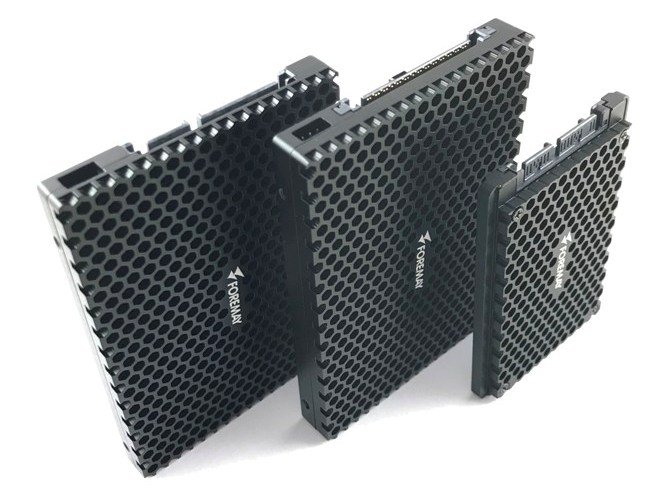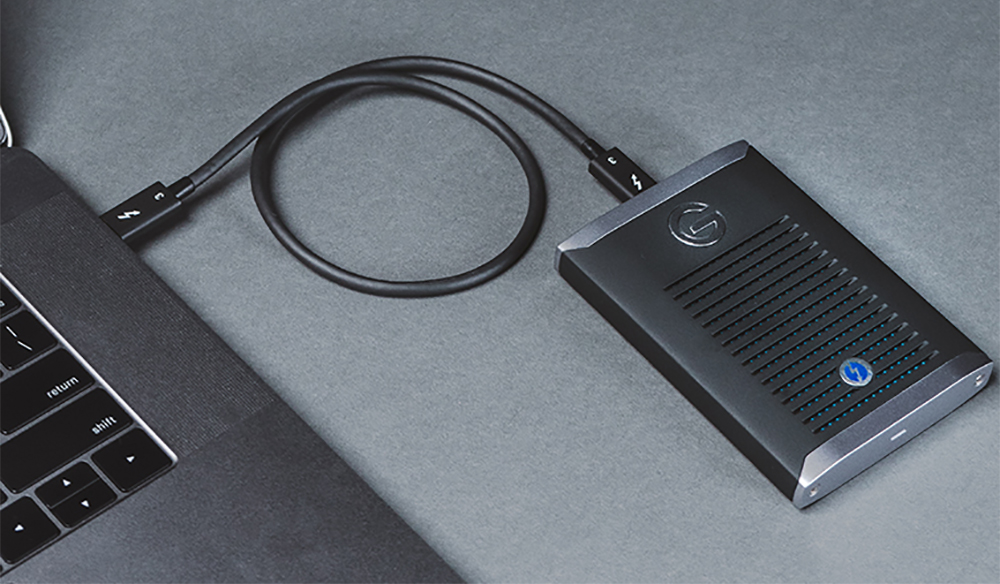
That’s important because SSDs have to rewrite entire blocks when writing data, and old data slows down the process. Garbage collection regularly reorganizes information across the drive, removing obsolete data. Saving a modified file onto an SSD with wear-leveling creates a new file elsewhere on the drive, while the old version exists in its original location. Wear-leveling combines with garbage collection to optimize how SSDs work.

A memory cell can be written to only so many times, and the new, wear-leveling technology prioritized unused memory cells. Before that time, devices wore out much more quickly. It wasn't until 2006, when Samsung released a flash SSD with wear-leveling technology, that the new storage system started to become viable for use in home computers.īut it wasn't until 2006, when Samsung released a flash SSD with wear-leveling technology, that the new storage system started to become viable for use in home computers. The turn of the century brought the use of flash technology into consumer-grade digital cameras, capable of holding a few dozen megabytes' worth of photos. In 1995, the Israeli company M-Systems developed the first modern SSD, though at the time such cutting-edge technology was good only for military applications. But the use of volatile memory in these drives meant that data would be wiped if the drives were turned off - not exactly ideal for home computing. A brief history of the SSDĭynamic RAM-based SSDs were already in use in the early 1990s, mainly for large-scale server centers. To understand what else is going on under the hood, let's consider the history of solid-state drives. There’s more to it than this basic summary. It then processes the information for the host computer to read. The flash controller reads that order by checking the charge of each cell. The memory chip is an enormous library of cells that holds millions of electrons captive in a specific order. The flash controller sends voltage down the wire to a group of cells in the memory chip, corralling the electrons into the correct gates. The main chips are the flash controller and the memory chip(s). Inside, an SSD looks like a circuit board with computer chips. The development of computer storage technology, from HDDs to SSDs. In fact, many SSDs offer tons of storage space at only a fraction of an HDD's size. On the outside, an SSD looks just like an HDD - because it’s been made to be conveniently interchangeable with what most computers are already using. The only real downside is that SSDs are considerably more expensive to produce, and so they’re more expensive to buy.
#Military grade external solid state hard drive windows
The setup allows an operating system like Windows or macOS to load much more quickly than it otherwise would if stored on an HDD. No spinning disks or moving arms are needed - you just need to access the bit at row X, column Y. With everything organized into grids, information can be read much more quickly. That’s how we read and write data from an SSD. The gates can then read how many electrons are trapped there, providing a “1” or a “0” as an output. The transistors are set to specific electrical charges, which in turn are changed and preserved with “gates.”Ĭontrol gates and floating gates alter the current flowing through the transistors to trap electrons in specific places.

The inside of an SSD is a system of microscopic transistor grids stacked on top of each other. What does an SSD do?Īn SSD counts ones and zeros using electrons - particles that are even smaller than atoms. You can think of an SSD like an extremely dense abacus.


But how can we squeeze trillions of those ones and zeros into a tiny phone that fits in the palm of our hand? How does solid-state technology work? Let’s dig into how SSDs get the job done. You probably know that all the data you've saved can be written as ones and zeros.


 0 kommentar(er)
0 kommentar(er)
